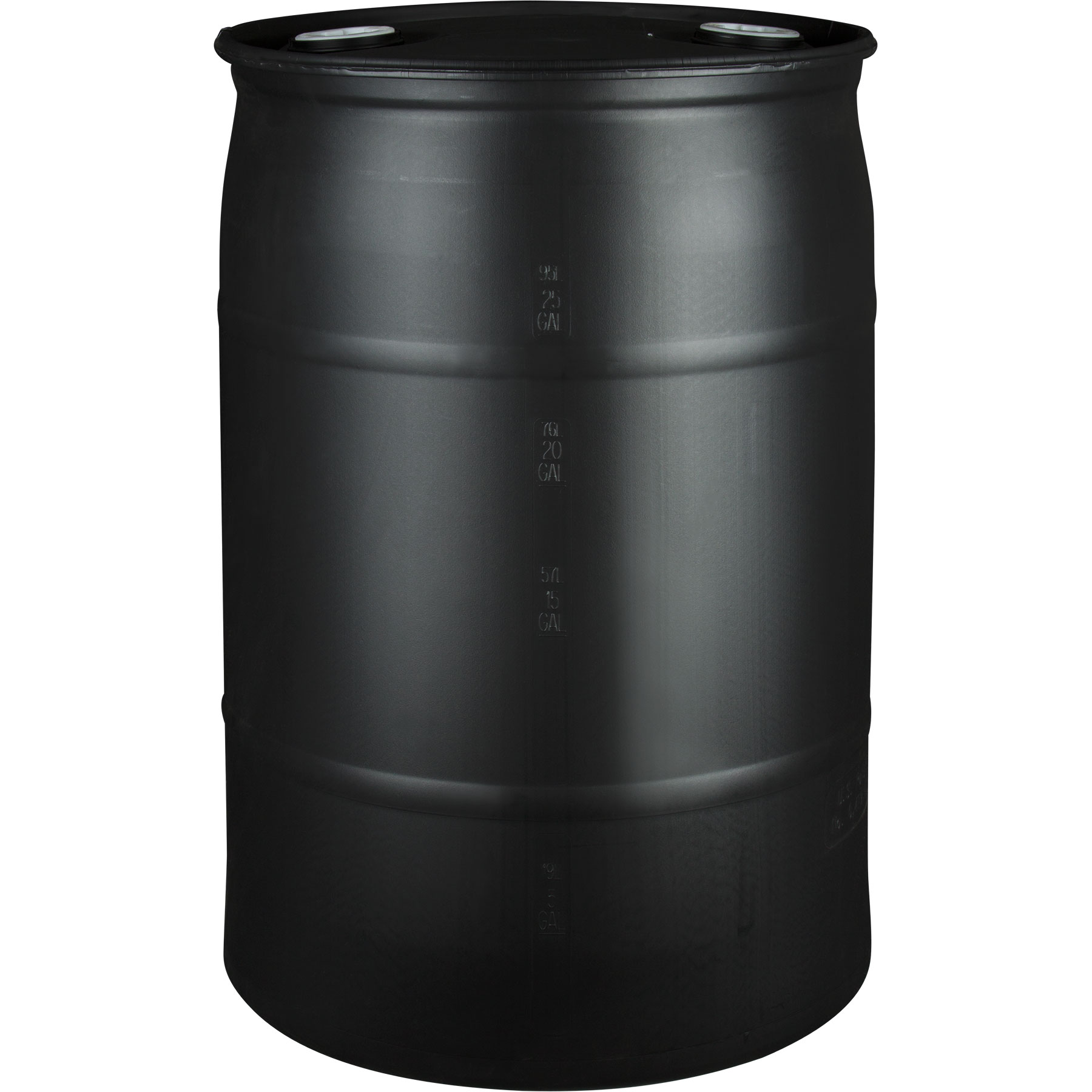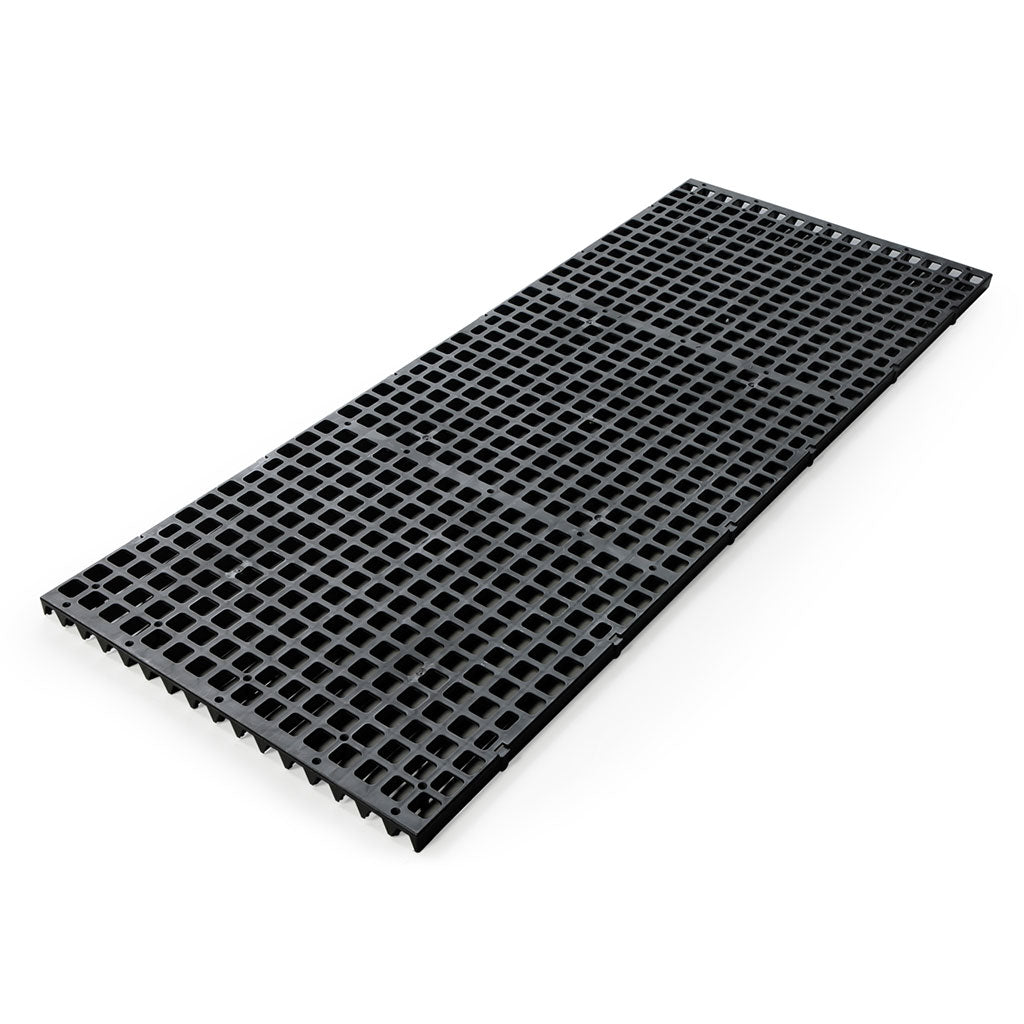Dan Freeman
Minister of Fire
Or even run it through water. Water will hold more heat than soil.I think the trick would be to run glycol under the soil instead of heating the air in the greenhouse.
Or even run it through water. Water will hold more heat than soil.I think the trick would be to run glycol under the soil instead of heating the air in the greenhouse.
That would be ideal with an air to water HP. I’m skeptical about the buried perf pipe if one doesn’t use crushed rock. I just don’t see enough air flow through soil.I think the trick would be to run glycol under the soil instead of heating the air in the greenhouse.


I have to tell you; I find this conversation very stimulating.
I am just about to pull the trigger on purchasing a Hoklartherm Riga XL 6 Greenhouse 14' x 19' 10" x 9' 10" high. My Sunshine Greenhouse Mt. Rainier 8' x 16' is entering its 9th year of duty. I bought it without really knowing diddly about greenhouses although I researched for months. Just about all the research falls by the wayside when you have the greenhouse built and begin to use it. It is a STEEP, FAST learning curve, so buckle in or you'll lose interest very quickly when all you do is fail at it.
Perfect place to do some shameless self-promotion and insert a video of my first greenhouse which I am still using today.
I tried a lot of different methods to keep my greenhouse warm for as long as I could. Reflectix Insulation, solar, heated 55-gallon water drums, electric heating, a slate path, a greenhouse-within-a-greenhouse, and others I have probably forgotten. All helped, but even together, they could not overcome old-man-winter.
I feel that I have learned a lot. I am ready for a new greenhouse, not only because the first one is showing its age, but because I want to incorporate some things I have learned with this one.
I have learned, and if I had the money, the only 2 greenhouses I would consider for true 4 season greenhouses are those made by Ceres Greenhouse Solutions (https://ceresgs.com/) and Growing Spaces (https://growingspaces.com/), and I would not go for a little one! So, purchasing, shipping, constructing for the models I want if I could pick from one from one of these companies is up there in the $40-$50,000 range when al, is said and done.
With that said, the Riga has an exceptionally strong frame with 16mm Triple Wall Polycarbonate panels, can handle snow loads up to 75 lbs per square foot, wind loads upwards of 100 mph. The frame has a 15-year warranty (exceptional)and the Polycarbonate has a 10-year warranty (standard).
Three things I plan to do differently right off the bat are:
-Have a pond of anywhere between 425 gallons and 600 gallons for thermal mass.
-Use 14, 30-gallon drums filled with water for thermal mass (used as shelf bases)
-Put a Swedish skirt around greenhouse perimeter to keep out cold ground infiltration
-Interior floor of sand with pavers for thermal mass
A lot of this is made to hold heat. So, in the summer, I will need to make great use of the two doors, 4 roof windows, exhaust fan, circulation fans, and shade cloth to keep the temperature tolerable.
Enough rambling for now. Have to get back to work.
So based on your experience in your location do you think you can operate the new 4 season greenhouse year round without external heat?
I'm intrigued by your mention of sand. I never thought of it as an insulating medium... I am currently sitting on over $1M worth of fine grain sand underneath the ground on our property... I've been trying to find some use for it other than a sandbox LOL. It's honestly beach quality.Three things I plan to do differently right off the bat are:
-Have a pond of anywhere between 425 gallons and 600 gallons for thermal mass.
-Use 14, 30-gallon drums filled with water for thermal mass (used as shelf bases)
-Put a Swedish skirt around greenhouse perimeter to keep out cold ground infiltration
-Interior floor of sand with pavers for thermal mass
You can't make luau pork in Alaska. Not even in the summer, I have tried with potatos.Another random thought, now that I'm thinking out loud...
What if someone used the solar convection idea with tubes, but pumped the water through large barrels buried in the ground. The water would be heated by the sun then heat the barrels which are already a thermal mass, but also heating the surrounding ground. Then at night it would be a source of radiant heat from the ground....?
The cold coming "up" from the ground in a greenhouse (really heat being lost to the colder ground) is a function of the cold ground outside the perimeter of the greenhouse. As the outdoor temperatures drop, the cold "seeps" into the ground on the inside of your greenhouse from the outside and robs up to 15% of your greenhouse's heat. The only way to prevent this is to insulate the greenhouse floor (not recommended), insulate to greenhouse foundation down to the frost line, or create a Swedish skirt around the perimeter of the greenhouse.I'm intrigued by your mention of sand. I never thought of it as an insulating medium... I am currently sitting on over $1M worth of fine grain sand underneath the ground on our property... I've been trying to find some use for it other than a sandbox LOL. It's honestly beach quality.
But, if I understanding your meaning correctly, I could use this in the base of my GH to combat the cold coming up from the ground especially with stone being used as heat sinks... and in conjunction with the swedish skirt that could make a signifcant difference... Especially here, where I have 12" of loam, and nothing but rocky clay under that.
Hmm....
Yes, the best 4 season greenhouses have glazing towards the south and the rest is insulated wall to maintain heat, and if sunk into the ground, the insulation effect is even greater.That being said... it probably is a big waste of time and energy if I'm planning on using the type of green house I shared earlier... From what I've seen, most of the green houses that use this system are basically a framed in and finished room, basically a tiny home.
You could certainly do that. I would do some research about it, but it sounds viable. You saw that video I posted about the solar warm water system I used for two winters. It actually worked quite well, but took up so much room in the GH, I decided to get rid of it and just grow 3 seasons.Another random thought, now that I'm thinking out loud...
What if someone used the solar convection idea with tubes, but pumped the water through large barrels buried in the ground. The water would be heated by the sun then heat the barrels which are already a thermal mass, but also heating the surrounding ground. Then at night it would be a source of radiant heat from the ground....?
I think this is more what I was thinking.Now maybe, if you were to make a big hole in the ground, line it with insulating foam, and then fill that insulated hole with sand, maybe.
You don't need vertical AND horizontal. One method will do the job very efficiently.I think this is more what I was thinking.
Still do the swedish skirt, either horizontal, vertical, or both. And then put the barrels in the ground with the tops just poking out, maybe a group of 4 right in the middle of the GH. Back fill with a mix of aggregate, not all sand. Use pavers like @Dan Freeman said. Then have the system automated and run off of a Rasp Pi, or Arduino with flow controls from the barrels up to the solar collectors...
I wonder if playing with the aggregate would have any effect as well. Like backfilling with 40mm, then filling the gaps with sand, then topping off with pea gravel... I wonder if burying thermal mass would also help with heat retention in the ground beside those water barrels.
@Dan Freeman yeah, I saw the videos thanks! Obviously, you made it work, but space was the main issue like you said... Then there's the issue of having enough sunlight...
I had a barrel strap heater that I could switch to on cloudy days or longer cloudy periods to keep the water warm.@Dan Freeman yeah, I saw the videos thanks! Obviously, you made it work, but space was the main issue like you said... Then there's the issue of having enough sunlight...
Because a large, honest-to-goodness 4 season greenhouse is VERY expensive.So if 4 seasons is your goal why choose poly carb for four walls and roof??
Have you seen the oranges in the snow video? It looks like an inexpensive way to heat a greenhouse if you have the land.
Yeah that was my thought. water barrels in ground surrounded by aggregateYou don't need vertical AND horizontal. One method will do the job very efficiently.
I would not use rock, sand, aggregate, etc if I was going to bury barrels. I would use water. Water can hold so much more heat than rock. Water has a heat capacity that is 4-5 times higher than rock or dirt.
We use essential cookies to make this site work, and optional cookies to enhance your experience.

